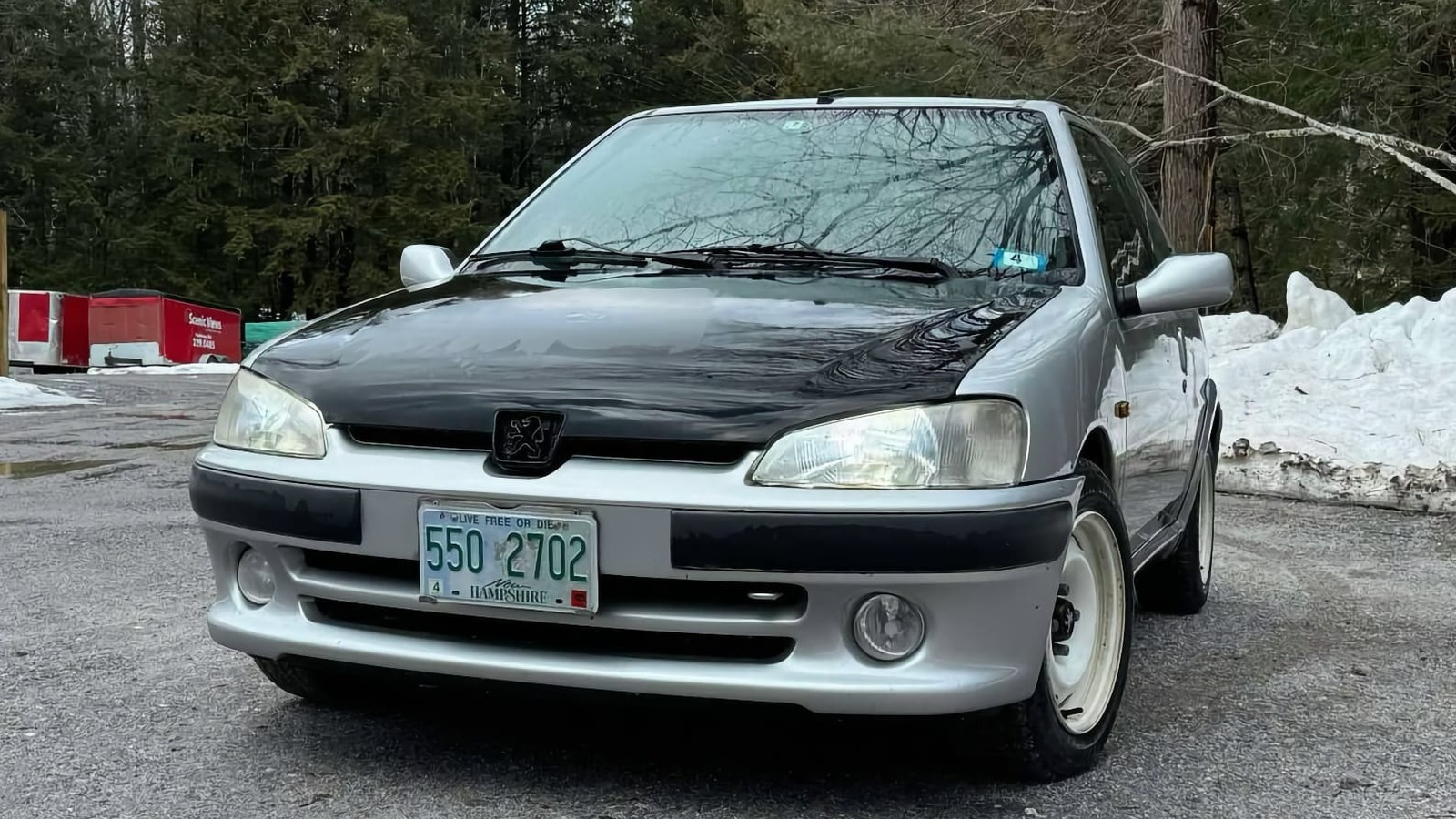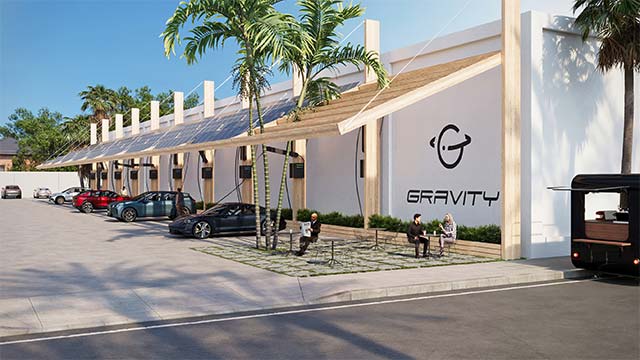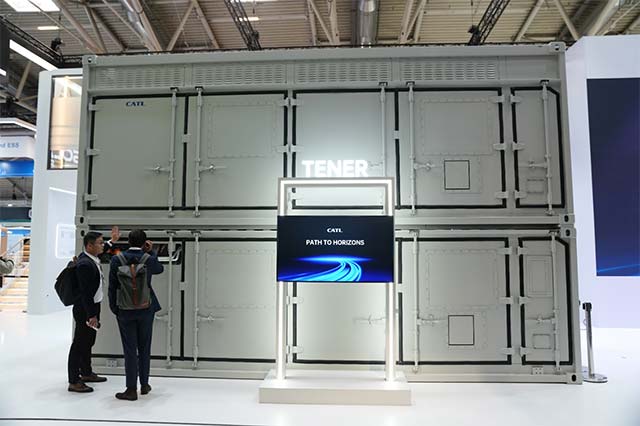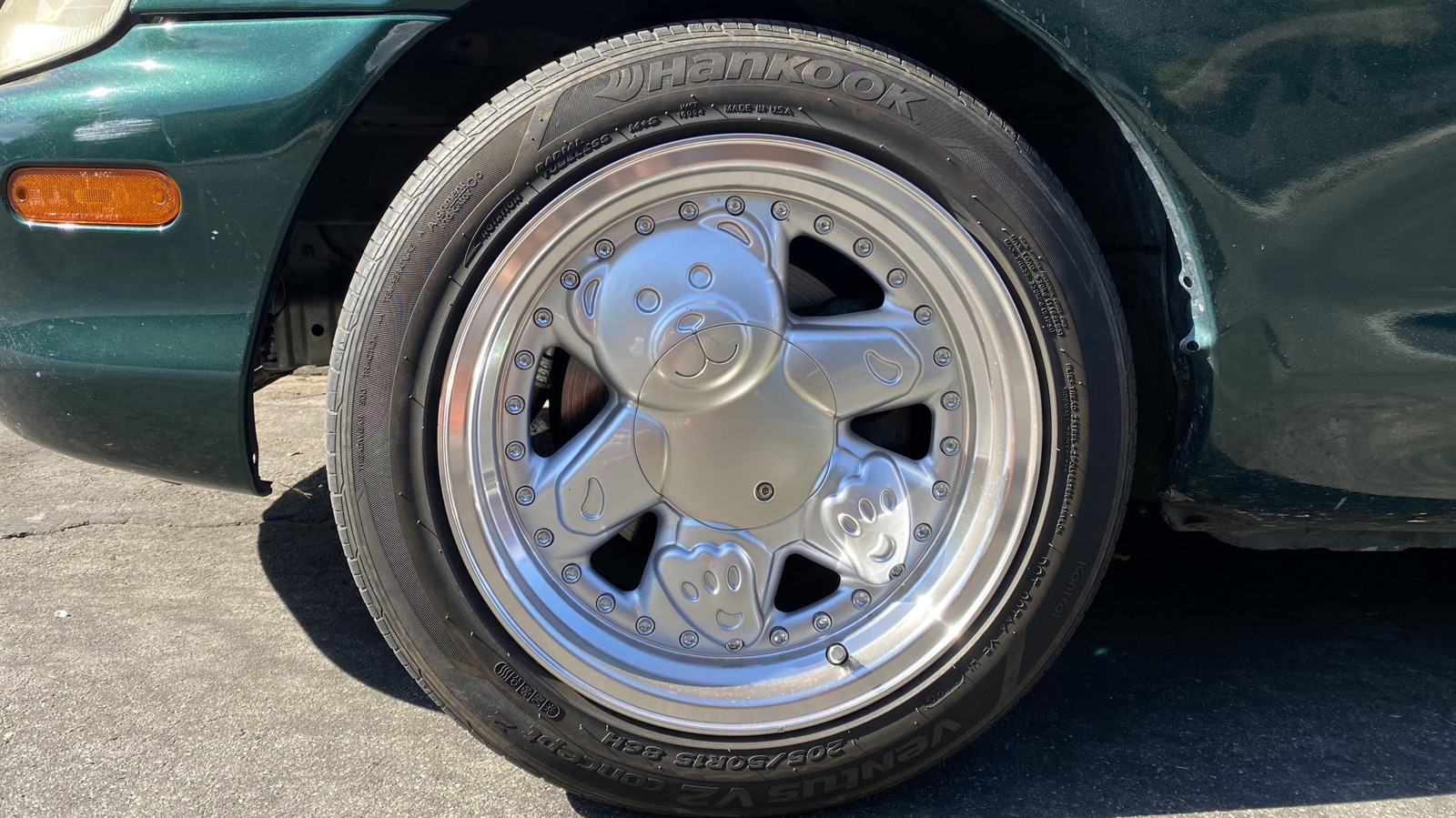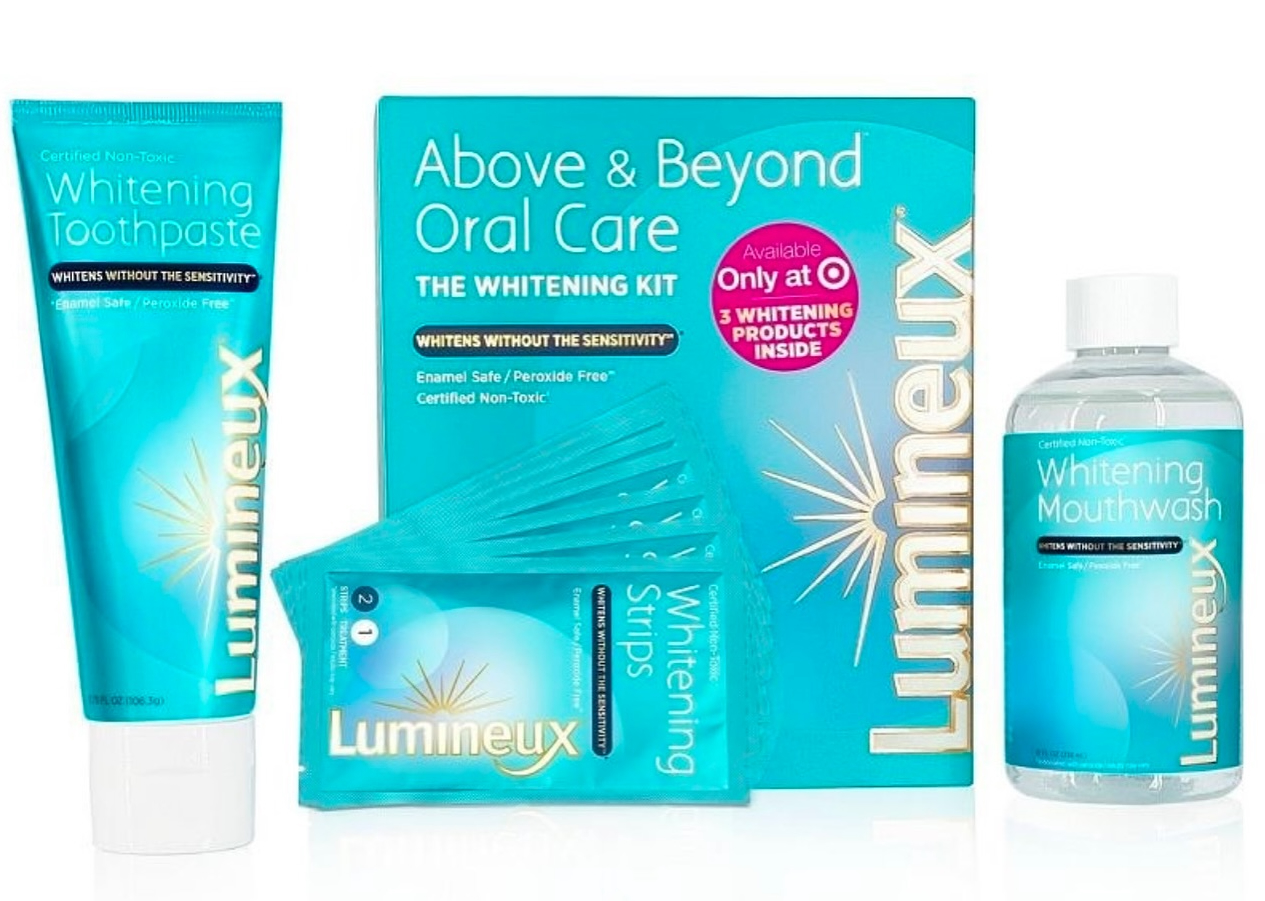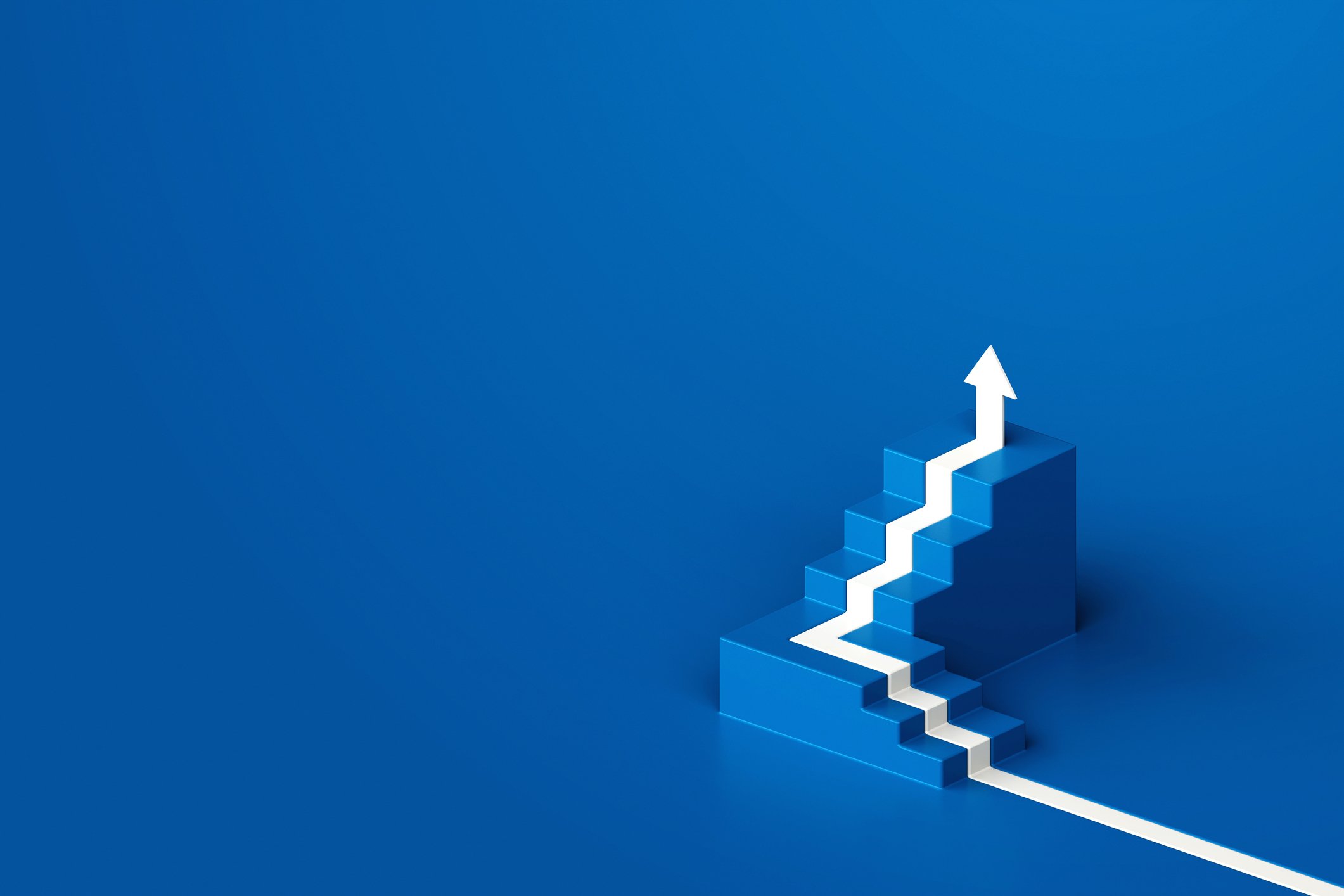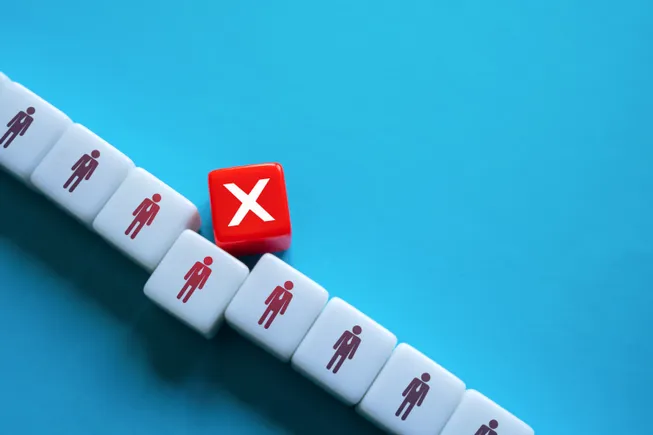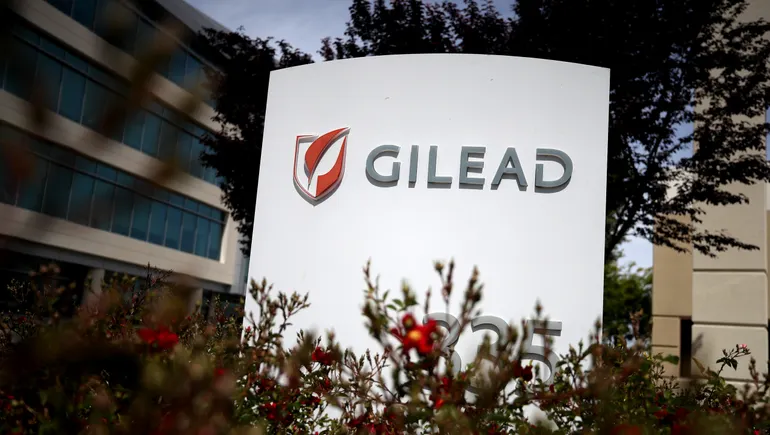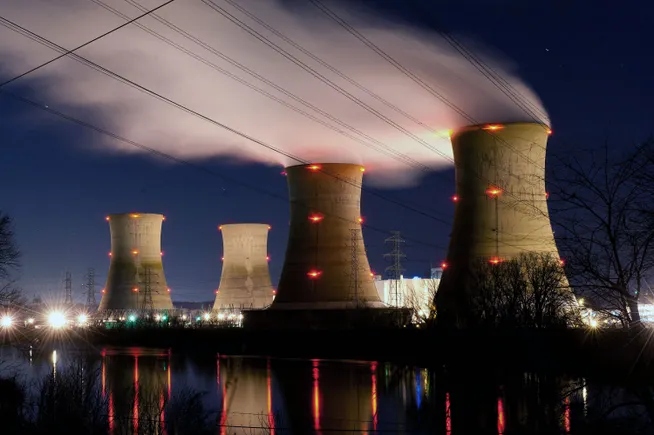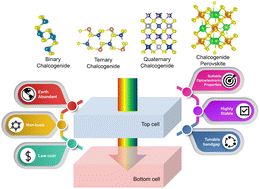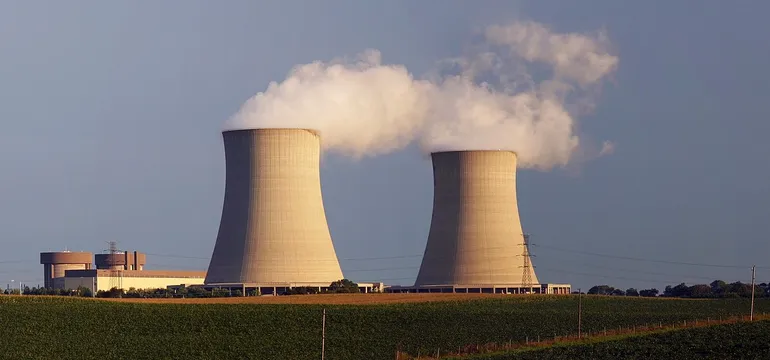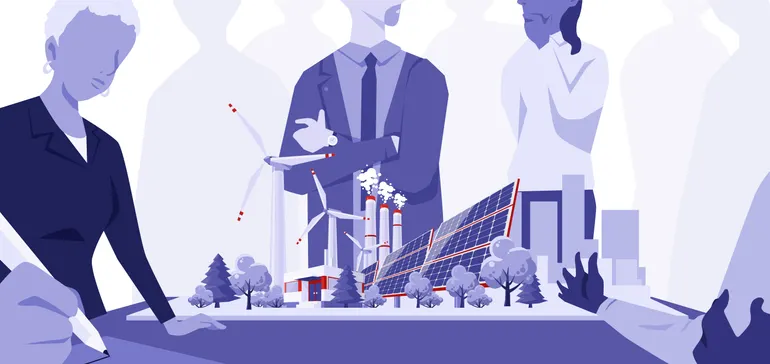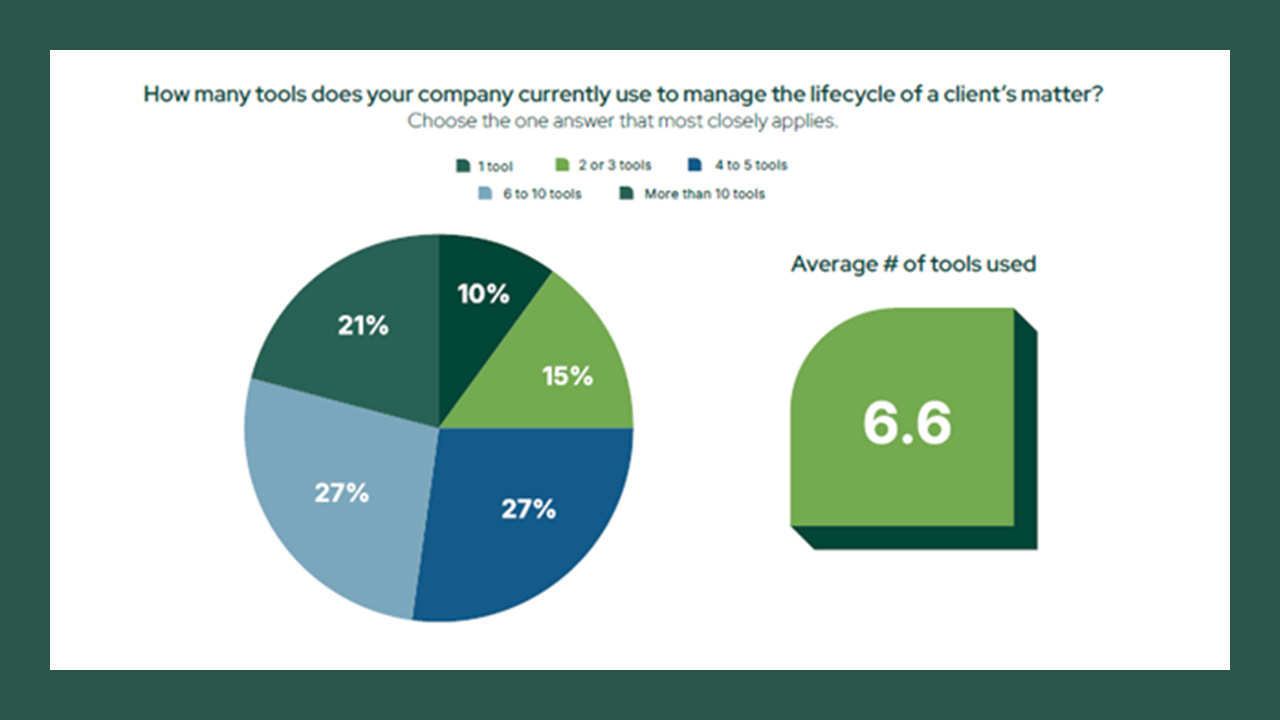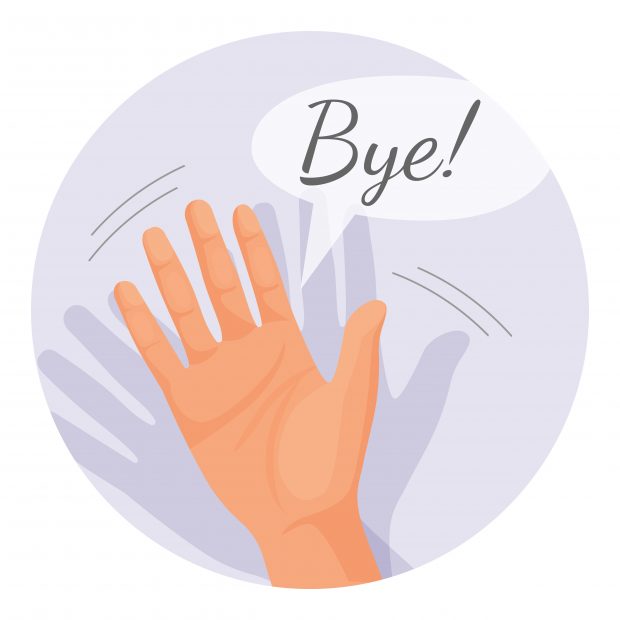Sustainable Self-Care Starts With Awareness
The difference between what’s energizing and what’s exhausting is the foundation of sustainable self-care. The post Sustainable Self-Care Starts With Awareness appeared first on Above the Law.
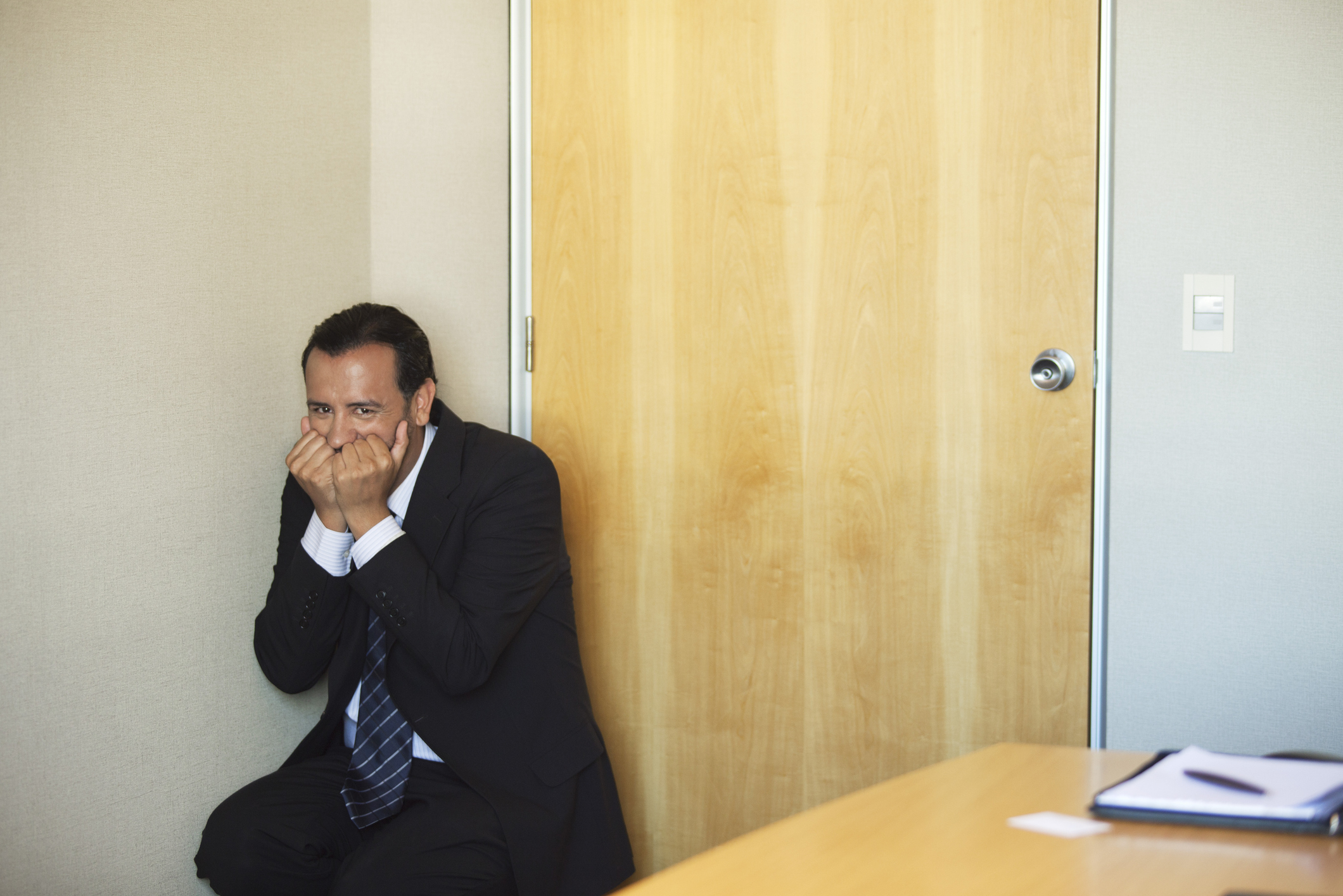
Ed. note: This is the latest installment in a series of posts on motherhood in the legal profession, in partnership with our friends at MothersEsquire. Welcome Sonya L. Sigler to our pages. Click here if you’d like to donate to MothersEsquire.
“I have two kinds of days,” a colleague who had just become a new mother once told me. “The kind where I’m full of fire, and the kind where I’m burning out.”
That comment stuck with me — because so many high-performing legal professionals, especially those juggling their legal career with parenthood, don’t stop to ask why they feel that way. Instead, we plow through, fueled by caffeine, deadlines, and perfectionism, rarely pausing long enough to assess the difference between what gives us energy and what drains it.
I didn’t learn this lesson in a book or a workshop — I learned it in the school of hard knocks, after landing in the ER with what I thought was a heart attack. It wasn’t — but the wake-up call was real. My body was waving the white flag, and I had been too busy to notice how depleted I really was.
I share this not to scare you, but to spare you the wake-up call and ER bill — and to help you move toward awareness and away from burnout.
The difference between what’s energizing and what’s exhausting is the foundation of sustainable self-care. You don’t have to wait for a crisis. You can start listening now.
The Telltale Signs of an Exhausting Day
When I speak with lawyers about burnout, I often ask, “Which parts of your day leave you feeling hollow, depleted, or just plain cranky?” You can see the recognition in their eyes. That feeling isn’t subtle — but we’ve become experts at ignoring it. Instead of responding to the signs, we grow to expect them — and then we normalize them.
If your schedule is packed but your spirit feels empty, it’s time to re-evaluate what you’re saying yes to. Every task, meeting, or interaction has an energetic footprint. Some build us up. Others chip away at us slowly.
Take five minutes today and audit your most recent workday:
- Which tasks gave you a sense of momentum?
- Where did time drag?
- Who left you energized after a conversation?
- Who left you needing a nap or feeling like quitting your job?
It’s a revealing and powerful practice to do this type of audit regularly.
Energy Isn’t Just Physical — It’s Emotional And Mental Too
In speaking with others about managing their energy, I encourage them to notice which activities fill their tank and which leave them depleted — because it’s not just about how tired your body is. It’s also about how your mind and emotions are affected. Legal work is intellectually rigorous and, depending on the client and type of law, can be emotionally intense.
If reviewing contracts all day leaves you energized, great. But if it leaves you drained and cross-eyed, you may need to intersperse that work with more energizing tasks to avoid depletion on a daily basis. This kind of chronic depletion — especially when there’s no end in sight — can lead to health issues and burnout, as it did for me.
When you know what fills your tank, you can increase energizing work — and start minimizing what drains you.
Design With Energy In Mind
After you recognize what’s energizing and what’s exhausting, you can start making intentional changes. As I often say, “Design your calendar to reflect how you want to feel.” That might mean front-loading your day with energizing tasks, scheduling strategic breaks, building in recovery time after draining meetings, or delegating where you can.
Small changes — like blocking quiet time after court or choosing not to schedule back-to-back Zoom calls — can yield big results. Even a 10% increase in alignment between your energy and your activities can have a dramatic impact.
For lawyers navigating demanding schedules, billing pressures, and high-stakes clients, this kind of alignment isn’t a luxury — it’s essential.
This Isn’t Optional — It’s Strategic
If you’re reading this and thinking, “That sounds nice, but I don’t have time for this kind of analysis,” I get it. But here’s the truth: you’re already doing the work. The question is how it’s affecting you. What is the cost of staying on autopilot?
Take five minutes today and list three things that energized you and three that drained you. This awareness is the first act of self-care. You don’t have to overhaul everything at once. You just need to notice — and start making different choices from that awareness.
Shifting toward energizing work — even in small increments — can help you build a foundation for more sustainable, intentional, and integrated self-care. Every day you ignore your energy leaks compounds the cost — on your health, your relationships, your performance, and your joy, both personally and professionally.
This article is part of a five-part self-care series for legal professionals, in recognition of Mental Health Awareness Month. Up next: Mindset Shift.
Sonya L. Sigler is a lawyer, author of “30 Days to Better Self-Care,” and wellness advocate who helps busy lawyers and entrepreneurs build practical habits that support lasting success — personally and professionally.
The post Sustainable Self-Care Starts With Awareness appeared first on Above the Law.










